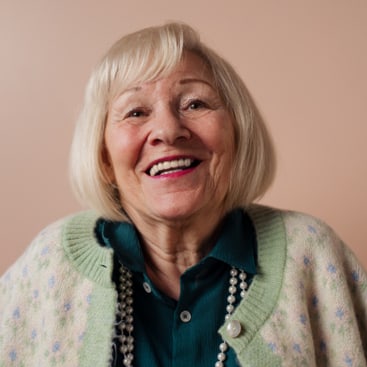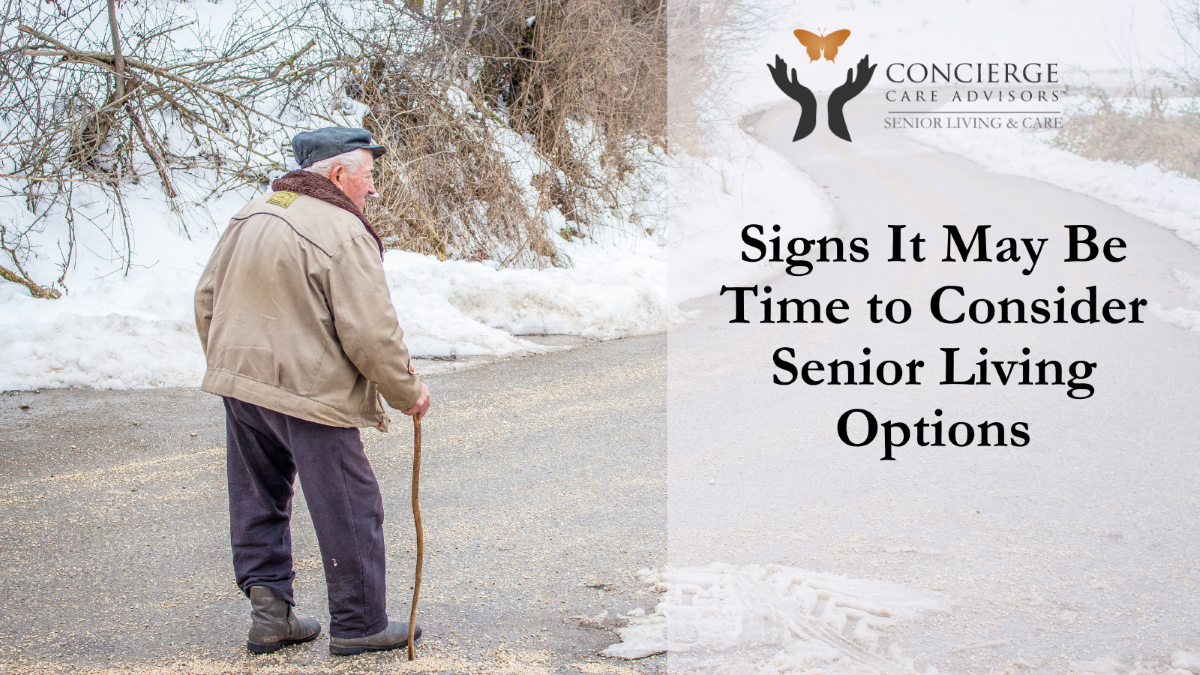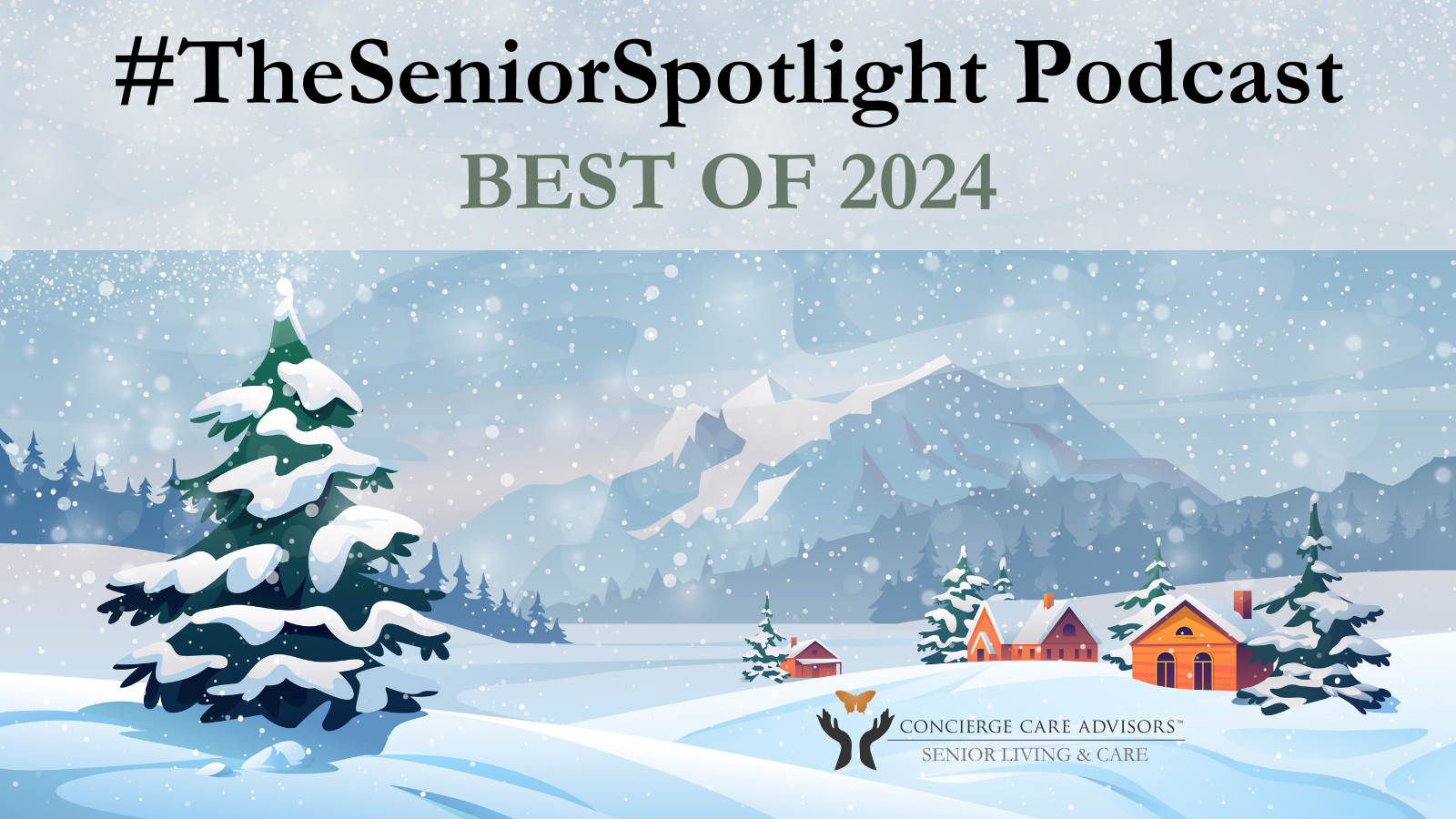The Origin of Halloween
It’s Halloween Day! A day that’s full of irony, is it not?
Hallow, meaning Holy and –een for evening; Holy Evening. Yet Halloween is associated with scares, death, and ghosts.
Like many modern holidays, the roots of Halloween are a bit muddled. The celebration can be traced back some 2,000+ years, but why and how some aspects became tradition still baffles some. Originally, Halloween celebrated the saints who had died, but it grew into a day where many claimed the deceased spirits would roam around. From there however, some claim the spirits couldn’t interact with people and others claim they could – which, let’s be honest, with millions of people on the Earth, there’s bound to be some differing opinions.
So then, costumes of ghouls and ghosts evolved to either
1. Convince the spirits that they were one of their own (so they’d leave them alone).
Or,
2. Convince the spirits that they were one of their own (so they’d communicate).
Candy seems to follow the former, as a way of bribing spirits to leave them be.
All this being said, Halloween has the potential to scare or excite people; celebrate good cheer or be terrified of hoodlums. I mean, on the one hand, you have adorable children blown away by free candy, but you also have Hollywood pouring out movie after movie of our worst fears.
However, “fears” aren’t necessarily a bad thing… in fact, they might offer some clarity, which is why I’m recommending an Alzheimer’s Halloween Story.
The Truth Behind Supernatural Horror Stories
If you’ve ever taken an English class in your lifespan, then you’ve heard the phrase, “What is this story really about?” With horror stories, they take common problems or fears and add a supernatural element as a vehicle to talk about them in an interesting way. For instance, a topical horror creature is the zombie. What do zombies represent? Zombies are slow, but swarm en masse, making them an omni-present threat. They’re a manifestation of the fear of death!
The same can be applied to most supernatural creatures. Werewolves are carnal animals that are used to show the anger in people – which can be terrifying! Vampires (9 times out of 10) have a seduction element and personify the pain of heartbreak. They’re immortal (youth), a soulmate that has no soul, and is looking to steal yours. Not to mention, they need to be stabbed through the heart to be killed.
In short, it was only a matter of time before someone took the fear of Alzheimer’s and developed it into a horror movie.
The Taking of Deborah Logan
This year, a horror movie titled The Taking of Deborah Logan came out and Alzheimer’s is used as the vehicle of fear. It’s not for everyone as there’s an element of gore (rated R), but it’s worth watching the first half hour if only because it aptly shows a senior suffering Alzheimer’s.
Deborah Logan (Jill Larson) is suffering from Alzheimer’s Disease and much of the “scares” are elements that family caregivers can readily relate to. At one point, Deborah wanders outside at three in the morning. Another instance, shows her violently lashing out against her daughter and the film crew for stealing her trowel – which she had mistakenly placed in the freezer. The senior denies travelling to Germany or leaving the stove on, claiming her mother was forgetful and it’s just a family trait. In reality though, these actions and defensive responses are indicative of Alzheimer’s and dementia seniors.
And it is scary. When your elder suffers dementia, it can feel like a possession when they suddenly lash out at you for no reason! If your senior is suffering from dementia or Alzheimer’s then read Mary Cordova’s latest article on how to help them on Halloween.
Otherwise though, we hope this evening is pleasant one. Have a Happy Halloween and enjoy the festivities!
























